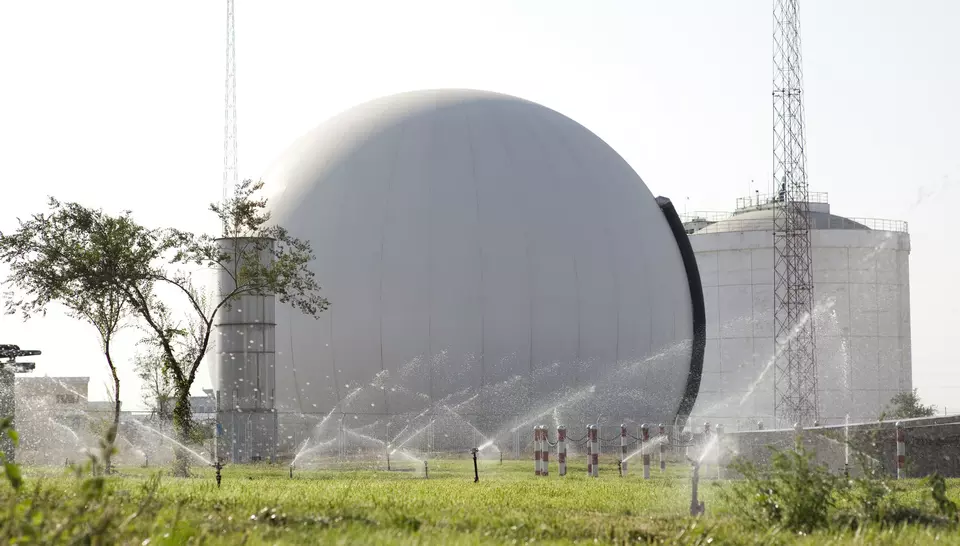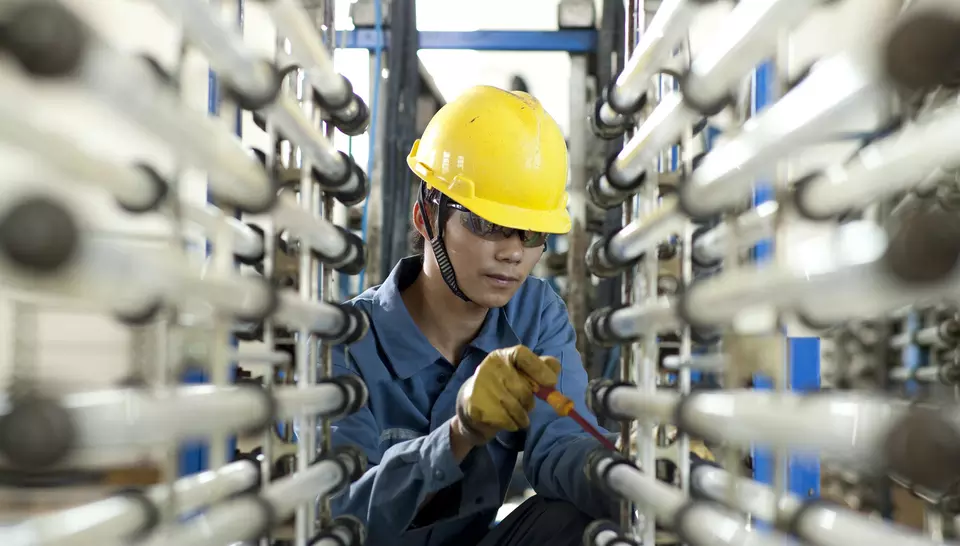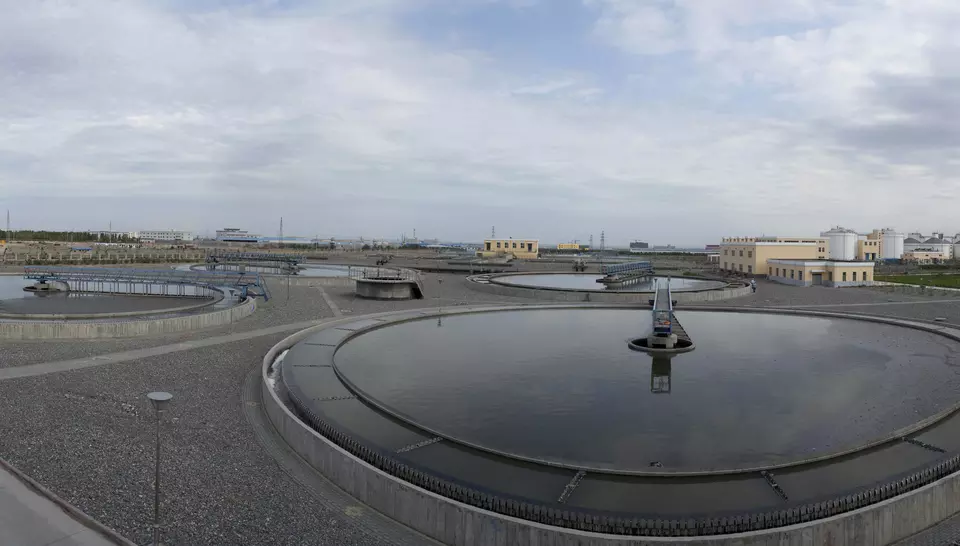The challenge
Address the economic and social problems caused by air pollution and water imbalance between North and South China. And by the very strict regulations: in large cities, wastewater management projects have to provide for 20 to 25% wastewater reuse.
Customer objective
Located in north western China, Urumqi - the capital of Xinjiang Autonomous Province, a vast area of deserts, steppes and mountains - has experienced rapid economic growth, significantly increasing water demand and the region’s wastewater treatment requirements. To cope, the city wanted to modernize the wastewater treatment plant and also find alternative resources to reduce water stress in the region.
Veolia’s solution
Double the production capacity of the Hedong wastewater treatment plant operated by Veolia, which collects the wastewater of nearly 1.5 million inhabitants, and introduce a sludge treatment system.
Innovation
• Addition to the AlizairTM odour treatment system and installation of SCADA systems throughout the plant for real-time control.
• Complete installation of the Global Assets Management and Analysis (GAMA) maintenance system.
• New project to homogenize production by grouping the two lines of digesters into one.
2 700 m3
sludge treated/day
985 318 m3
of biogas produced per month in 2014
50 %
of the energy needs of the site covered by self-production
Technology
The treatment capacity of the 6 sludge digesters installed by Veolia is 2,700 m3 per day, i.e. a production of 985,000 m3 of biogas per month in 2014. The biogas thus produced is used in the plant in 3 different ways:
• IIt provides heat via boilers powered by biogas;
• It generates electricity via three generators powered by biogas;
• It powers fans that are usually powered by fossil fuels.
Customer benefits
Environmental performance
• The green energy produced by the sludge treatment process considerably reduces the site's carbon footprint as 80% of GHG emissions were avoided in 2014 compared to 70% in 2011.
• The anaerobic sludge digestion solution reduces sludge volume by 30%.
• It also generates the thermal energy needed to maintain the plant at the right temperature and produces 50% of the site's energy needs - up to 1.8 MW per day. This is electricity that is not bought and therefore means less coal burned.
• Special care has been taken to integrate the site into its environment: anaerobic process in a confined space does not emit odours in the sludge treatment phase; the architecture was well designed with a white bubble and a double security structure; water reuse, 15% of which is used to irrigate the perimeter, has been put in place; and finally, to recreate biodiversity around the site, fauna and flora was reintroduced.
• All sludge produced by the plant is sent to a composting unit that turns it into fertilizer for local green spaces. It is an advantage for Xinjiang soils that are relatively poor and lacking in nutrients.
Economic performance
In total, the green energy produced by the sewage sludge treatment process implemented in Urumqi covers 50% of the site's energy needs.
Societal performance
• Renovated gas installation, commissioning and long-term operation in complete safety.
• Opening in Shanghai of a training management centre and the creation in Incheon in South Korea (in 2013) of a site dedicated to the industry’s issues.
Scope of the contract
Site : Urumqi
Population: collection area covering 1.5 million inhabitants, slightly over one third of the city's population
Durée du contrat
Contract signed in 2005 for a period of 23 years.
Sector of activity
Municipal
Expertise
Production of treated wastewater for irrigation and renewable energy through the recovery of sewage sludge
Planet
the sludge from the treatment plant is also composted to produce fertilizers used for the landscaped areas on the site and for local agriculture. An advantage for a desert region where soils are poor.
People
Urumqi is one of the most advanced biogas recovery projects in China and a benchmark in Asia's circular economy. It demonstrates how a solution that benefits both the economy and the environment can support the development of a territory and meet the challenges of population growth and natural resource scarcity.





